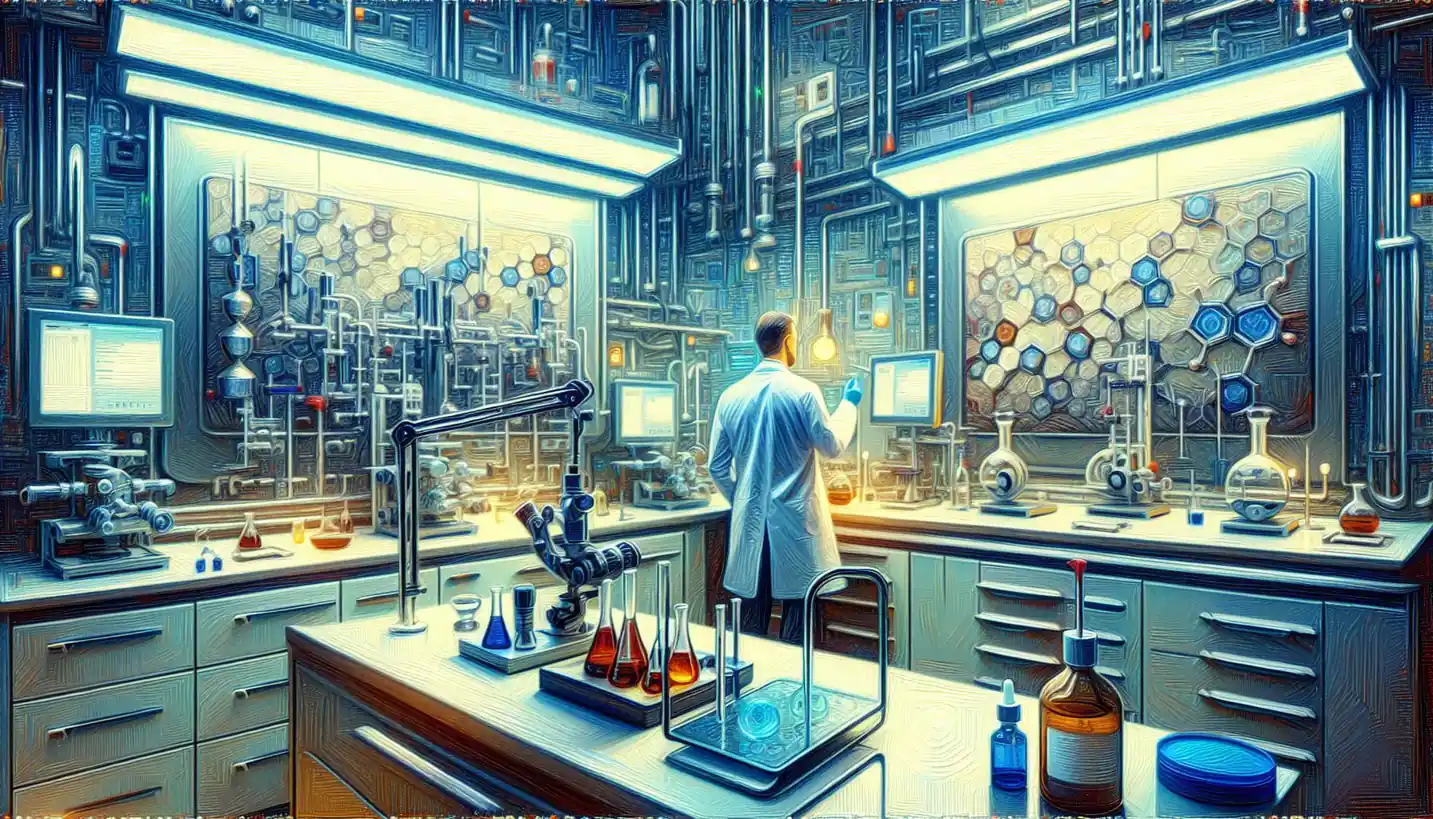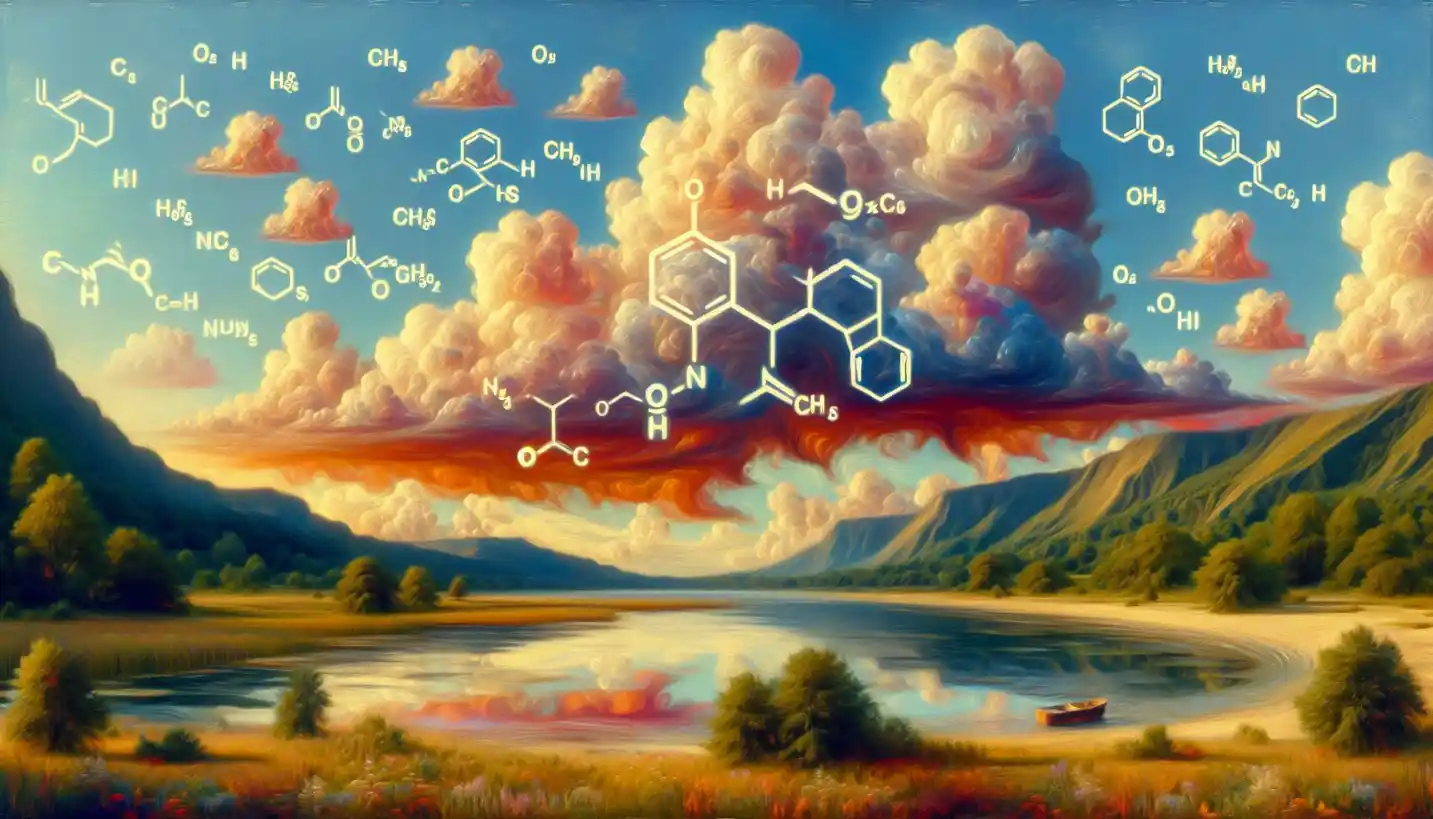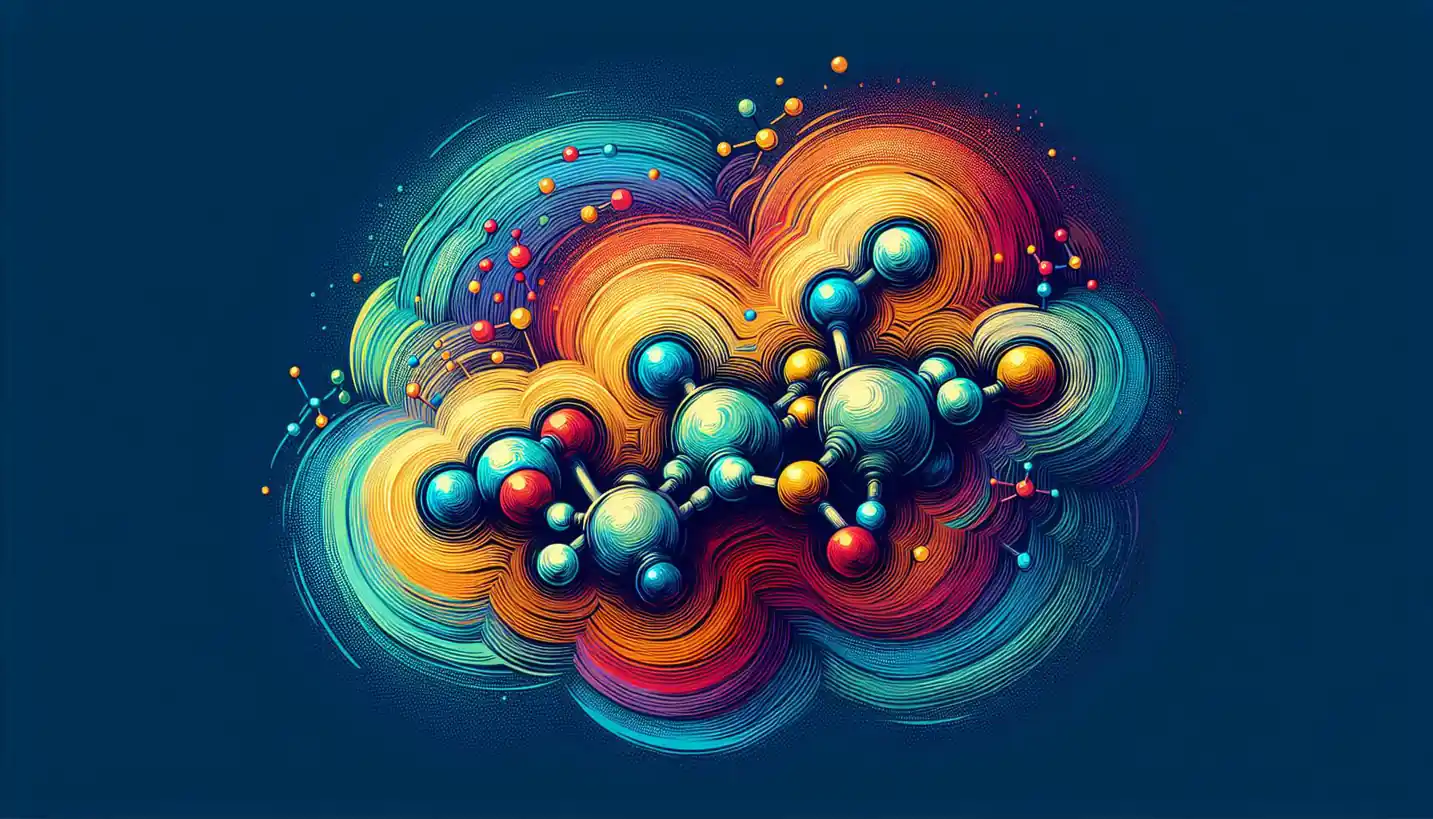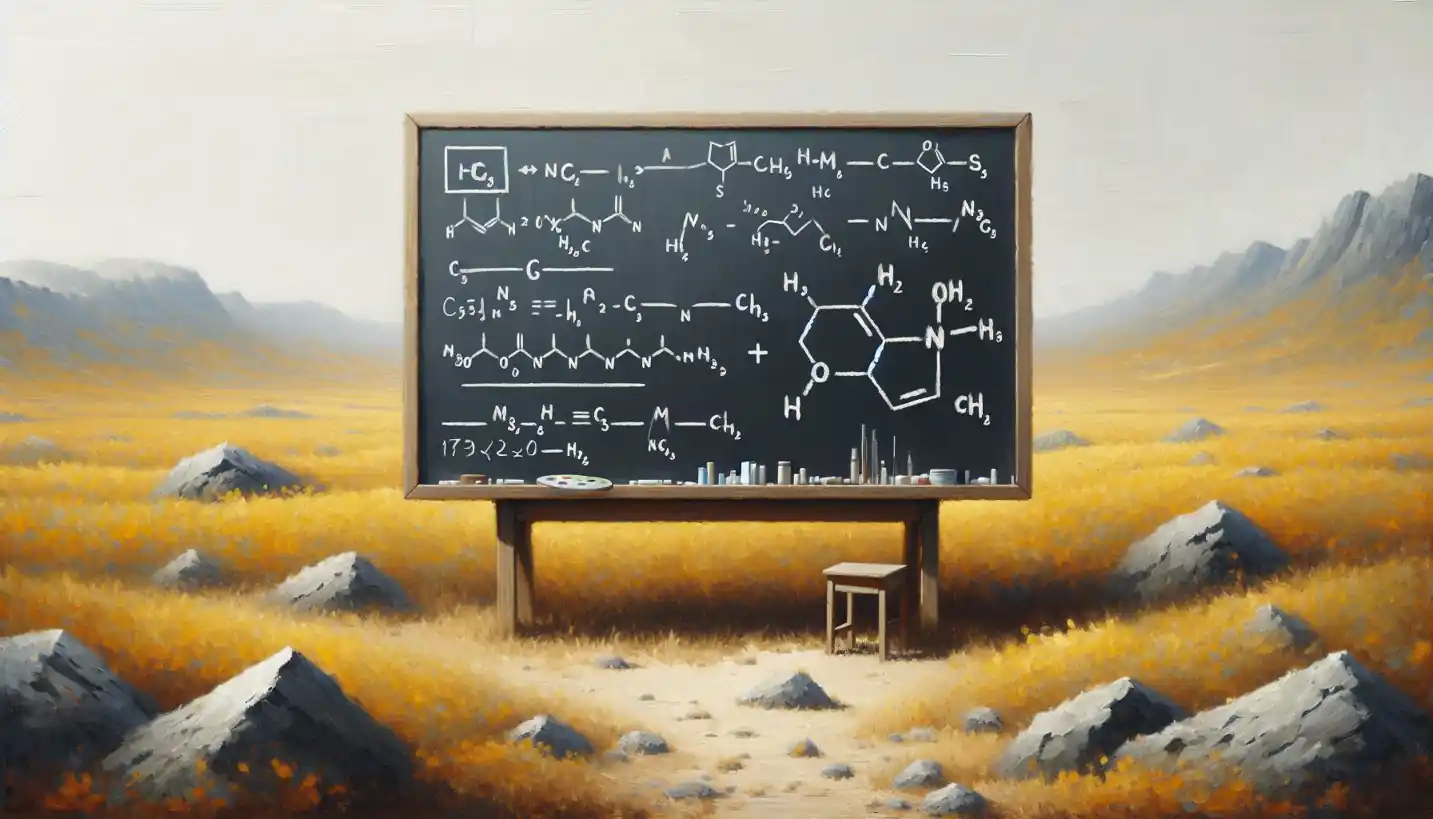· Chemistry · 5 min read
Flame Photometry: Lighting Up the Secrets of Chemistry
Flame Photometry uncovers the elemental secrets of chemistry with a splash of light. Discover how this glowing technique helps scientists understand compositions better.

Flickering flames hold more than just a simple allure. Have you ever watched a candle and thought about the secrets it might be revealing? In the world of analytical chemistry, flame photometry is a fascinating technique that uses the colors of flames to reveal the composition of different substances. Let’s dive into how this works and why it’s so important.
What is Flame Photometry?
Flame photometry, also known as flame atomic emission spectrometry, is a method used to determine the concentration of certain metal ions, like sodium, potassium, calcium, and lithium, in a sample. This technique takes advantage of the fact that these elements emit specific colors when they are heated to high temperatures in a flame.
How Does It Work?
Think about fireworks. The vibrant colors are due to metal salts being heated and emitting light. Similarly, in flame photometry, when a sample is introduced into a flame, the heat excites the electrons in the metal ions. These electrons jump to higher energy levels and then fall back down, releasing energy in the form of light. Each metal ion emits a characteristic wavelength of light, allowing scientists to identify and quantify the metal present.
The Science Behind the Colors
Imagine a universe where elements speak their own language through light. That’s essentially what happens in flame photometry. Sodium gives off a bright yellow color, while potassium leans towards purple. Calcium will show as a bit of orange-red. This color-coding is like having a chemist’s color palette right in the lab.
Why Use Flame Photometry?
You might be wondering why this technique prevails, especially when there are more advanced technologies around. Its charm lies in its simplicity and effectiveness.
Affordable and Efficient
Flame photometry is not just a relic from the past. It’s still used because it’s cost-effective and requires minimal setup compared to more complex instruments. For basic applications, it provides results quickly and efficiently without needing extensive maintenance or highly specialized knowledge.
Widely Applicable
From checking the mineral content in water to analyzing soil samples for agriculture, flame photometry finds its way into diverse fields. Whether ensuring the correct sodium levels in a saline solution or checking the potassium levels in fertilizers, this technique makes a big impact across industries.
The Historical Perspective
Let me take you on a brief journey through time. Back in the mid-1900s, when analytical chemistry was rapidly evolving, flame photometry was born as a means to measure metal concentrations without the fuss of more cumbersome methods.
In earlier times, scientists like Robert Bunsen and Gustav Kirchhoff laid the groundwork for flame spectroscopy, allowing later innovations like flame photometry. Just like a classic book that never goes out of style, flame photometry remains relevant even in today’s high-tech laboratories.
Challenges and Limitations
Just as every hero has their kryptonite, flame photometry isn’t without its challenges. Let’s explore some of these to see the full picture.
Interference from Other Elements
One of the main challenges is the potential interference from other elements in the sample. Just like in a conversation where too many people start talking, other metals can mask the ones you’re trying to measure, leading to inaccuracies.
Limited to Alkali and Alkaline Earth Metals
Flame photometry is mainly effective for alkali and alkaline earth metals. If you’re trying to analyze metals outside of these groups, you’ll have to look elsewhere. It’s like having a toolkit that’s great for some jobs but not equipped to handle everything.
Advancements on the Horizon
Despite these limitations, researchers are always exploring new ways to expand the capabilities of flame photometry. Improvements in technology and methodology are continually being developed, making it more precise and versatile.
Some innovative approaches include coupling flame photometry with other techniques to minimize interference or improve sensitivity. As technology advances, so does our ability to push the boundaries of what flame photometry can achieve.
Future Possibilities
Looking ahead, there’s plenty of room for excitement. With technological advances and creative ingenuity, who knows what the next big breakthrough in flame photometry might be? Could it become more integrated with digital tools, making it easier to automate and enhance precision? The field is ripe with possibilities that could further illuminate our understanding of the elemental world.
Why Should You Care?
You might still be wondering why flame photometry matters to you. Well, consider how often we rely on minerals and metals in our daily lives. From the salt in your kitchen to the minerals in your drinking water, understanding and controlling these elements is crucial.
In medical fields, flame photometry aids in monitoring essential metal ions in bodily fluids, contributing to diagnostics and treatments. It’s a reminder that even a simple flame holds the power to influence our world in significant ways.
A Bright Spot in Analytical Chemistry
Flame photometry may not always grab headlines, but its contributions continue to shine brightly in analytical chemistry. Every time a sample is analyzed to ensure safety, quality, or nutritional accuracy, a little nod to this trusty technique is warranted.
So the next time you gaze into a flame, think about the stories it could tell in a lab. It’s like a dance of colors with profound significance, revealing hidden worlds one element at a time.
In our endless quest to understand the natural world, flame photometry is a brilliant reminder of the beauty and simplicity that science often holds. It’s a method that blends art with science, transforming a flicker of light into a beacon of knowledge.



